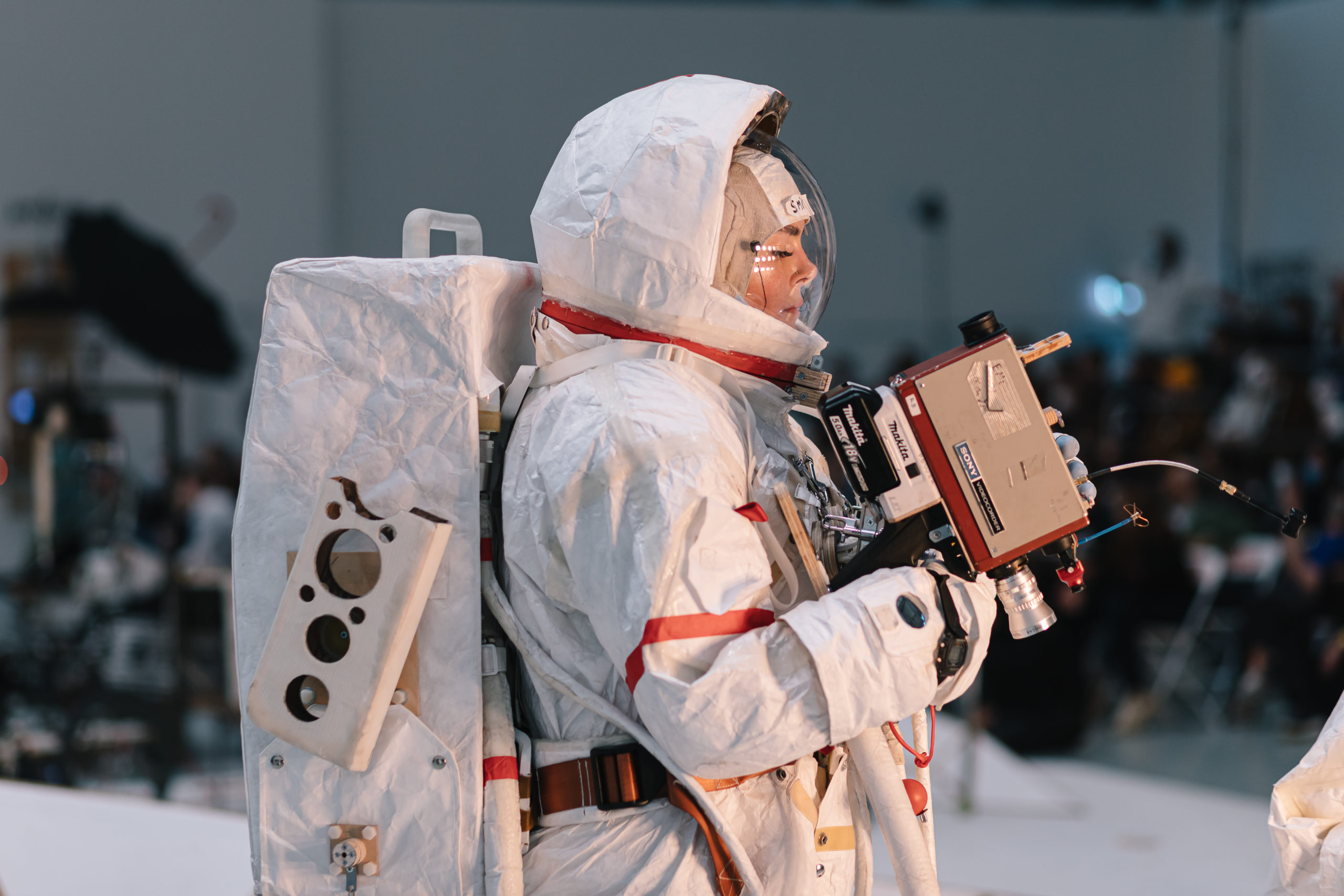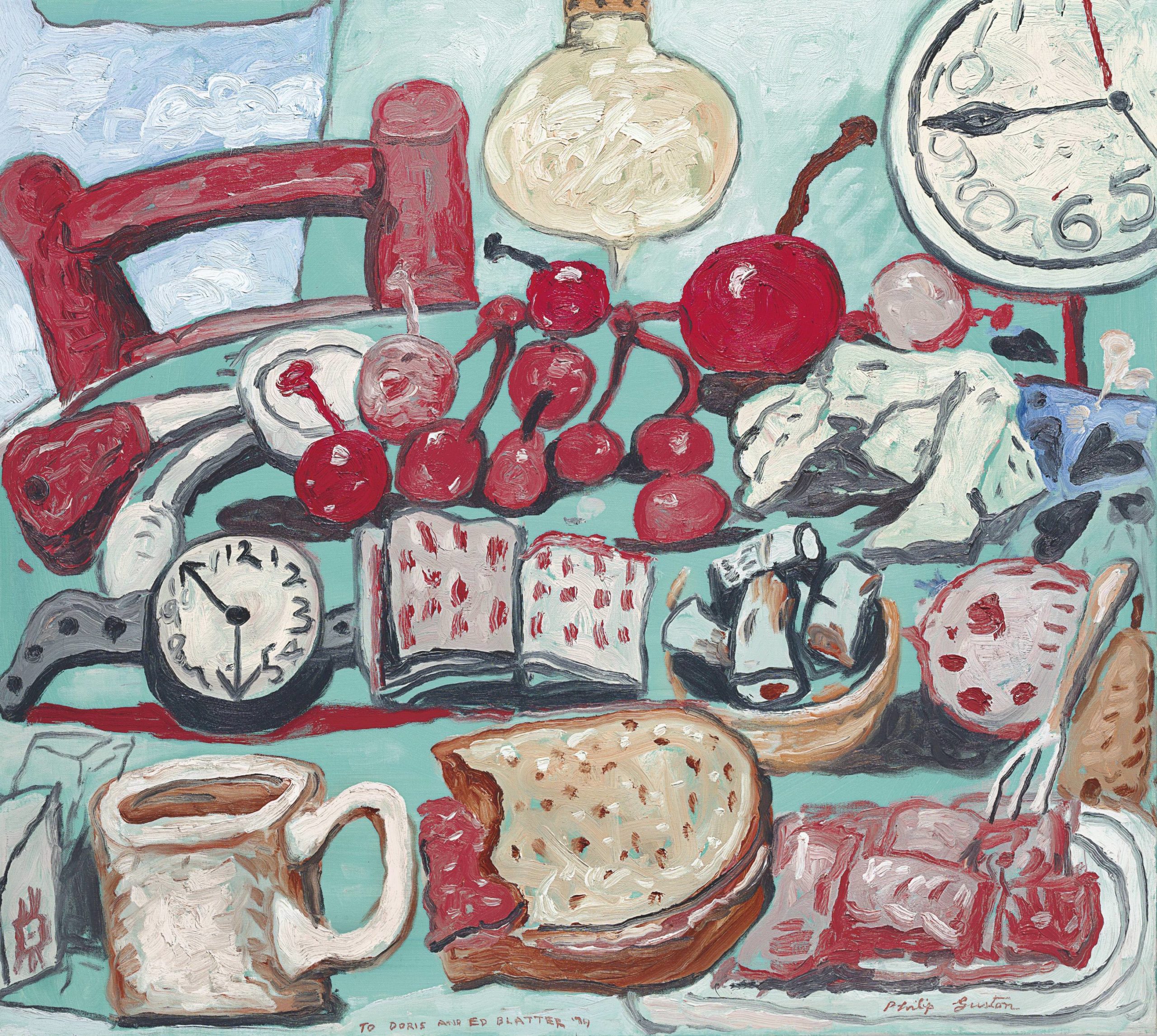An exhibition taking inspiration from Fernand Léger‘s 1924 film Ballet Mécanique opened last week at Richard Taittinger gallery in New York. The show explores the intersection of nature and machine in artistic practices, including works by artists like Gregor Hildebrandt, Wim Delvoye, Nassos Dpahnis, Mark Hagen, Théo Mercier, Mario Merz, and Tom Sachs. Whitewall spoke with Taittinger about what’s on view.
WHITEWALL: You cite the 1924 French film Ballet Mécanique as inspiration for this exhibition. Could you elaborate on how you took the themes of a film made almost a century ago, and transformed them for our contemporary moment?
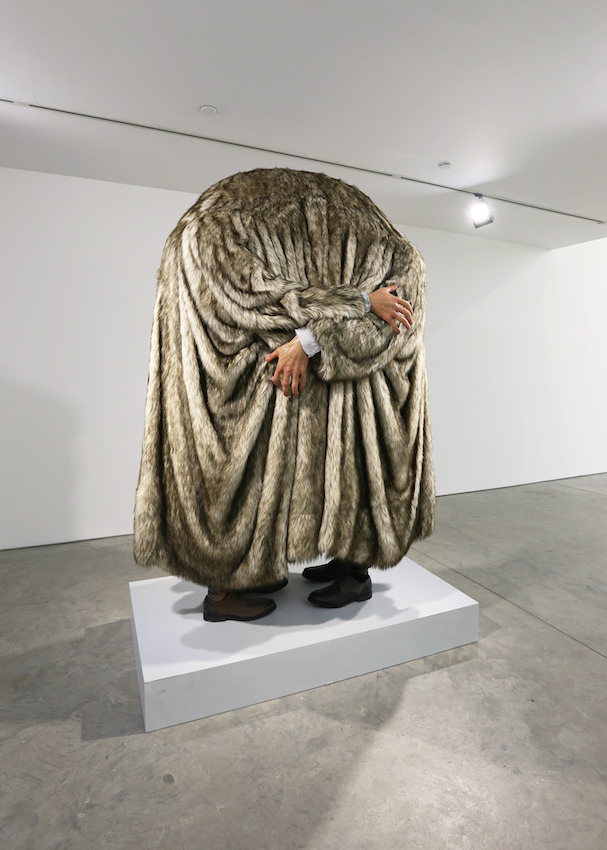
Wandering Songs I (Canti errabondi I)
RICHARD TAITTINGER: Fernand Léger made Ballet Mécanique almost a century ago, and yet his cinematic depiction of the increasingly interdependent, complex, and ever-changing relationship between man and machine can still be found relatable in today’s times. His silent film creates a lens through which to think about our contemporary moment abstractly, and in a poetic, not too cynical way.
WW: There is something interesting about the slow, deliberate, and physical process of creating art that balances the theme of speed and mechanization in this exhibition. Why or how do you think art supplies an appropriate response to our increasingly automated society?
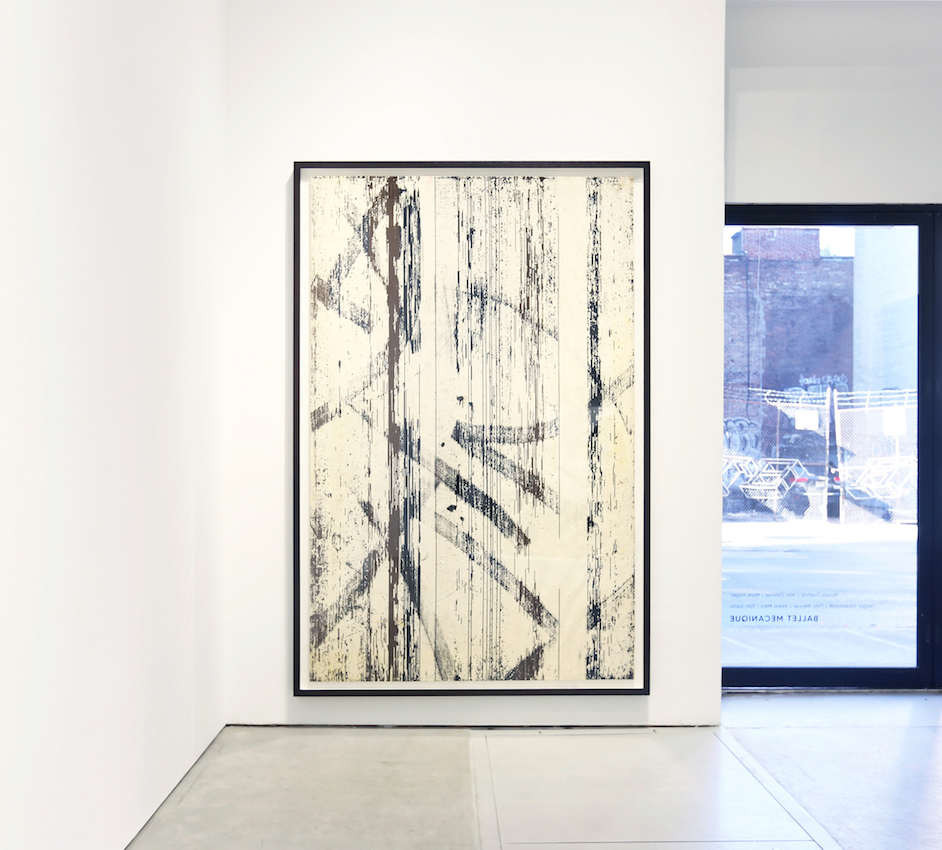
1983
Courtesy of Richard Taittinger gallery
RT: Artists are indeed a critical aspect of our increasingly automated, production-obsessed society because art serves no immediate purpose, and can therefore act as an oppositional force to mainstream thought. Art is one of the rare things that engages our emotions and questions the establishment, which is ultimately what makes us human.
WW: The artists in this show each possess their own unique take on the artificial and the natural. How was this grouping of artists chosen?
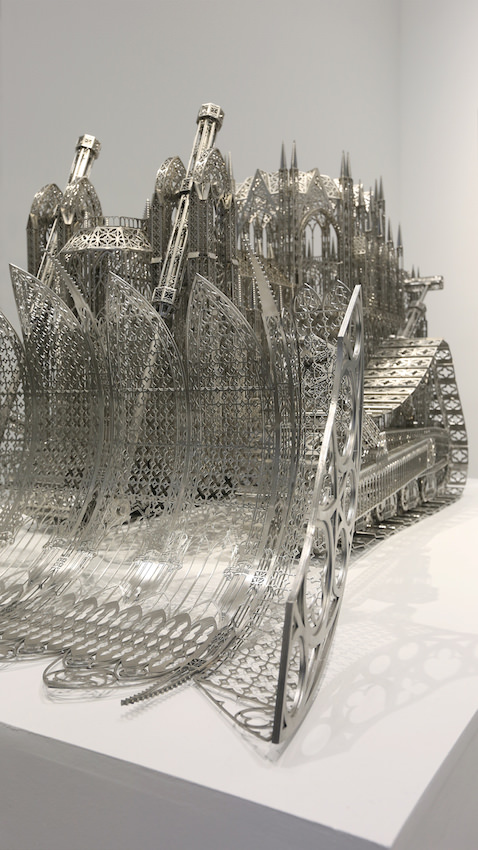
THÉO MERCIER
RT: By weaving together a mix of younger and more established artists, this creates a more diverse conversation about the mechanization of the mid 20th and early 21st centuries. Younger artists who grew up accustomed to certain technologies often have less cynicism about technology’s value to society. Gregory Hildebrandt, for example, gives cassette tapes a new life and almost laments their extinction. Meanwhile, it was important to ground the conversation with key historical figures such as Mario Merz, who had an important role in the art povera movement and had valid concerns about the depreciation of manual labor.
WW: How does the work produced in the 70s and 80s by Mario Merz and Nassos Daphnis differ from the later works? What new elements do you think the emerging artists add to the conversation?
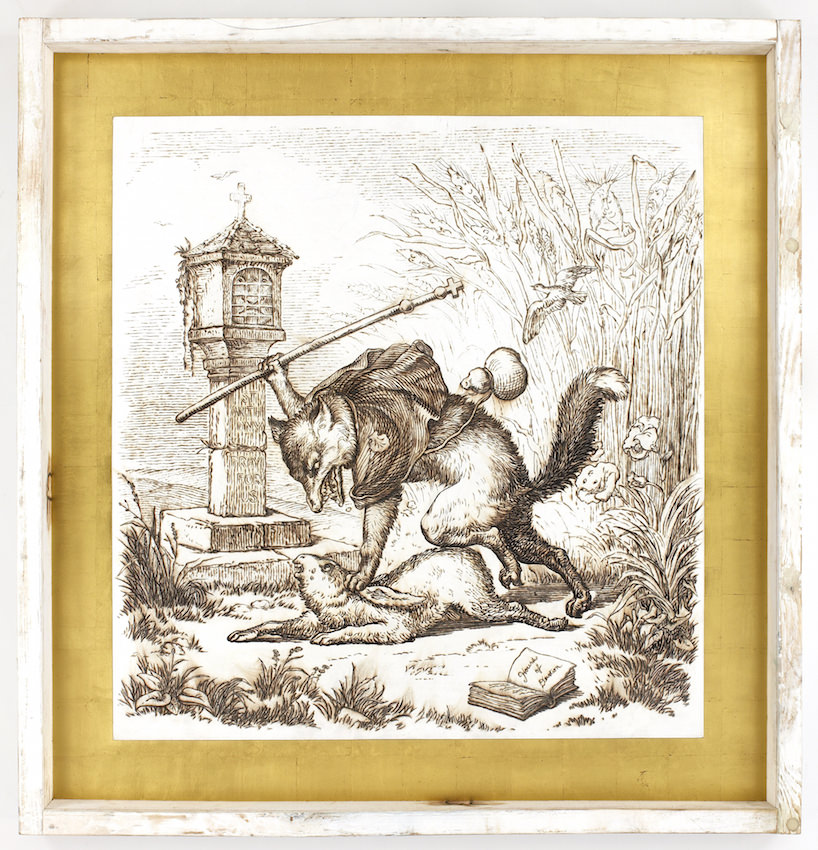
La bête à deux dos
RT: Merz and Daphnis were both iconic masters of the 20th century and both had first-hand experience with wartime. Their contact with World War II affected their artistic practice and theoretical perspectives, since machines played a critical role. Meanwhile, the younger generation’s concern with process, format and the relationship to industrial mediums can act as a continuity to Merz and Daphnis’ achievements.
WW: The various media such as laser-cut stainless steel, magnetic bands, fake fur, burlap, gold leafing, branches, and beeswax that appear throughout the exhibition exemplify the theme of natural versus artificial. Would you say this exhibition also speaks to the coexistence of nature and machine?
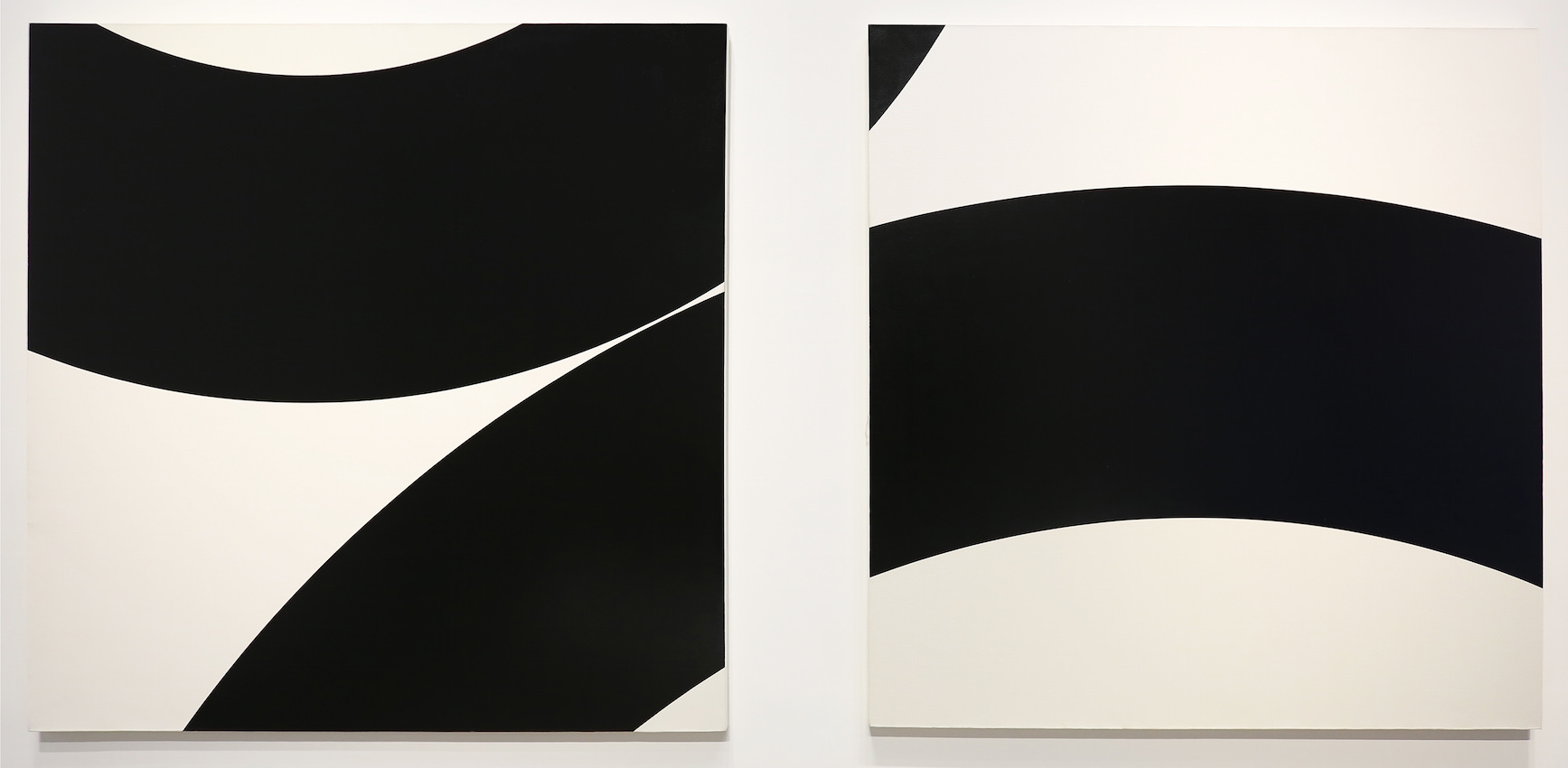
2011
Courtesy of Richard Taittinger gallery
RT: Yes. The wide range of media was carefully curated in order to question the diminishing divide between nature and machine. If you compare the extremes such as Wim Delvoye’s use of stainless steel versus the tree branch in the Mario Merz, the difference is very clear. However, the fur coat and two men embracing in Théo Mercier’s La bête à deux dos (2011) was made using special effects techniques developed in the film industry, which creates a surreal experience that feels near real. This further intertwines the coexistence of nature and machine as you mention, not only aesthetically but also within the curated layout of the exhibition. Mario Merz’s Wandering Song I (Canti errabondi I) (1983) may exhibit concern for the future of nature, but Hildebrandt’s use of magnetized tapes from the now obsolete audio cassette device could also be interpreted as environmentally conscious in its own way. Ultimately there is a gray area between natural and artificial that this exhibition seeks to tap into.
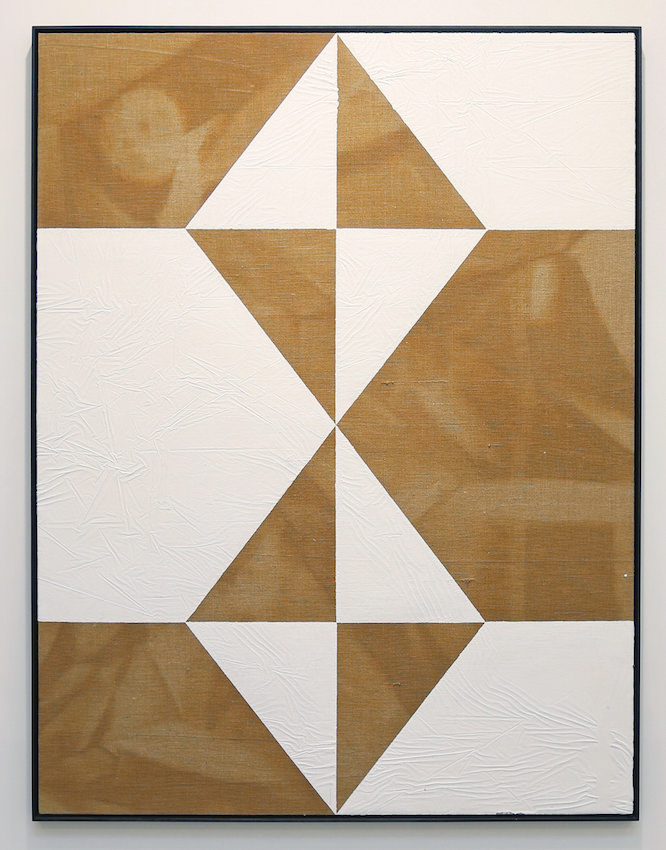
GREGOR HILDEBRANDT
Ballet Mécanique is on view through February 20, 2016.
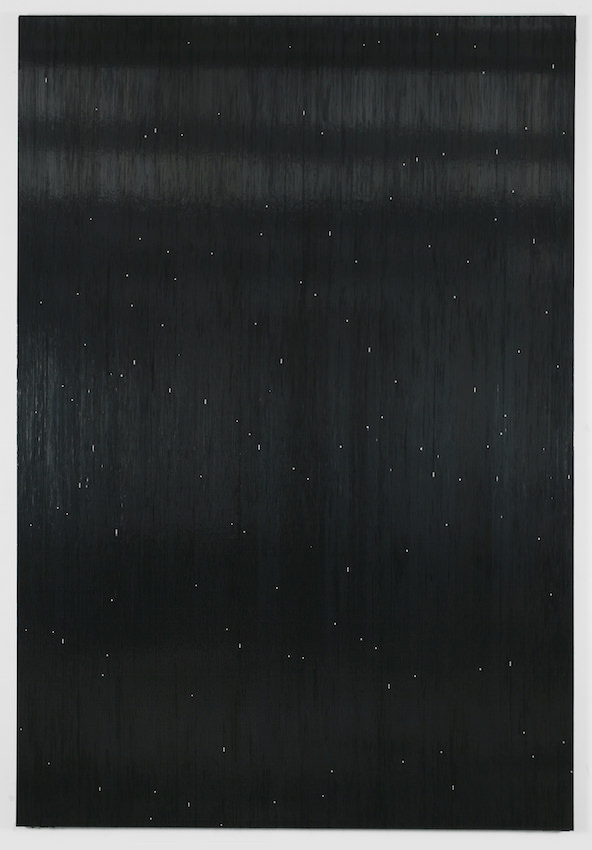
In den eigenen vier Wänden wir müssen uns verschwenden




